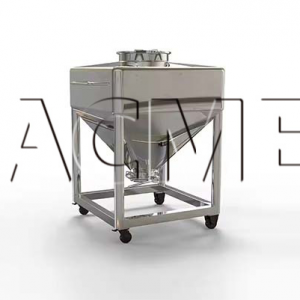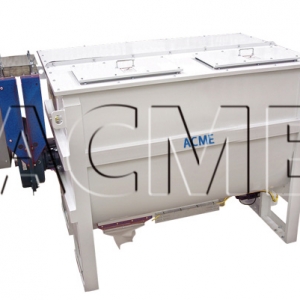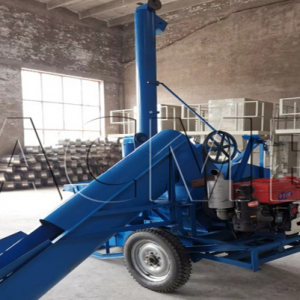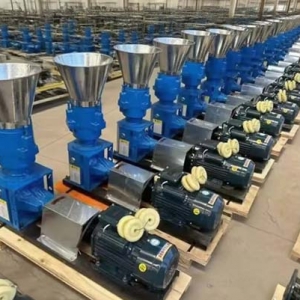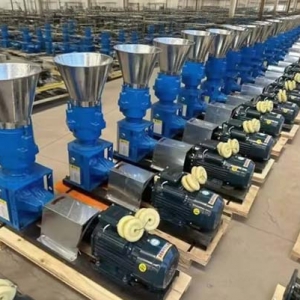The Evolution and Necessity of Packaging Machines in Modern Industry
Packaging machines have become an indispensable part of modern manufacturing and distribution systems, revolutionizing how products are prepared for storage, transport, and sale. From food and pharmaceuticals to cosmetics and industrial goods, these automated systems ensure efficiency, hygiene, and consistency in packaging operations that would be impossible to achieve manually at scale. This blog explores the origins, technological advancements, and critical role of packaging machines in today's globalized economy.
The Origins of Packaging Automation
The need for packaging machines emerged alongside industrialization and mass production. As factories began producing goods in unprecedented volumes during the late 19th and early 20th centuries, manual packaging became a bottleneck in the production process. The first packaging machines were simple mechanical devices designed to perform repetitive tasks like filling, sealing, or labeling more quickly than human workers.
Early innovations focused on basic functions:
-
Filling machines for consistent product measurement
-
Sealing devices to protect contents from contamination
-
Labeling apparatus for brand identification
These primitive machines laid the foundation for today's sophisticated automated systems that can handle entire packaging processes from start to finish with minimal human intervention.
Why Packaging Machines Became Essential
Several key factors drove the widespread adoption of packaging machinery across industries:
1. Scale and Speed Requirements
Modern production volumes make manual packaging impractical. A typical packaging machine today can place 25-60 packages per minute into crates or boxes—a rate impossible for human workers to match consistently. For example, Waldner's case erector systems can prepare up to 60 carton crates per minute, while their gripper-based packaging machines handle 25 cases per minute.
2. Quality and Consistency Demands
Automated systems eliminate human error in packaging operations. The GDX1/X2 packaging machine's carton reverse package detection device demonstrates this perfectly—it uses color sensors to identify mispackaged cigarette cartons with trademark sides facing inward, automatically rejecting defective packages with precision no human operator could maintain over long shifts.
3. Hygiene and Safety Standards
Particularly in food, pharmaceutical, and cosmetic applications, packaging machines provide contamination-free environments. Waldner notes their machines seal products "in compliance with the most stringent hygiene and safety standards"3.
4. Labor Cost Reduction
Automated packaging significantly reduces workforce requirements. A single machine can replace dozens of workers while operating continuously without breaks.
5. Specialized Packaging Needs
Modern products often require specific packaging solutions. For instance, Gurki's high-speed side seal shrinking machines helped Unilever create premium-looking promotional packages that improved shelf appeal and sales.
Technological Advancements in Packaging Machinery
Today's packaging machines incorporate cutting-edge technologies that far surpass their mechanical ancestors:
Smart Sensors and Quality Control
The GDX1/X2 system exemplifies this with its color detection device featuring:
-
Color sensors that memorize product colors through a "self-learning" function
-
Synchronous processing and displacement tracking of defect signals
-
Automatic rejection when improper packaging is detected
Flexible Automation
Modern machines like those from Waldner can be "individually tailored to your product" and "flexibly adjusted" for different container types and final packaging formats. This adaptability allows manufacturers to use the same equipment for multiple product lines.
Integrated Systems
Contemporary packaging solutions often combine multiple functions. Waldner offers systems that integrate filling, sealing, and final packaging into seamless production lines, eliminating "the need for additional interfaces" while guaranteeing "the highest level of process safety"3.
Industry 4.0 Connectivity
While not explicitly mentioned in the sources, the trend toward IoT-enabled packaging machines with real-time monitoring and predictive maintenance capabilities is transforming the industry.
Industry Applications
Packaging machines serve diverse sectors:
-
Food Industry: For products like yogurt cups packed into multi-portion trays
-
Pharmaceuticals: Ensuring sterile, tamper-evident packaging
-
Cosmetics: Creating premium unboxing experiences
-
Chemicals: Safe containment of hazardous materials
-
Tobacco: Quality control like the GDX1/X2's anti-reverse packaging system
The Future of Packaging Machinery
Several trends are shaping the next generation of packaging machines:
-
Sustainability Focus: Reducing material waste and energy consumption
-
AI-powered Quality Control: Enhanced defect detection beyond current color sensor capabilities
-
Hyper-customization: Supporting personalized packaging at scale
-
Collaborative Robotics: Combining the precision of machines with human flexibility
As global markets expand and consumer expectations rise, packaging machines will continue evolving to meet new challenges. Companies like Hoong-A, with over 55 years of history and installations in 70 countries, along with innovators like Waldner and Fuji Machinery with its global network, are driving this evolution forward.
From simple mechanical aids to sophisticated automated systems, packaging machines have become the unsung heroes of modern manufacturing—ensuring products reach consumers safely, attractively, and efficiently. Their development mirrors industrial progress itself, and their future promises even greater integration of smart technologies to meet the packaging demands of tomorrow's global marketplace.
The next time you effortlessly open a perfectly sealed package, remember the complex machinery and engineering expertise that made such consistency possible. In our era of mass consumption, packaging machines are not just convenient—they're essential.


